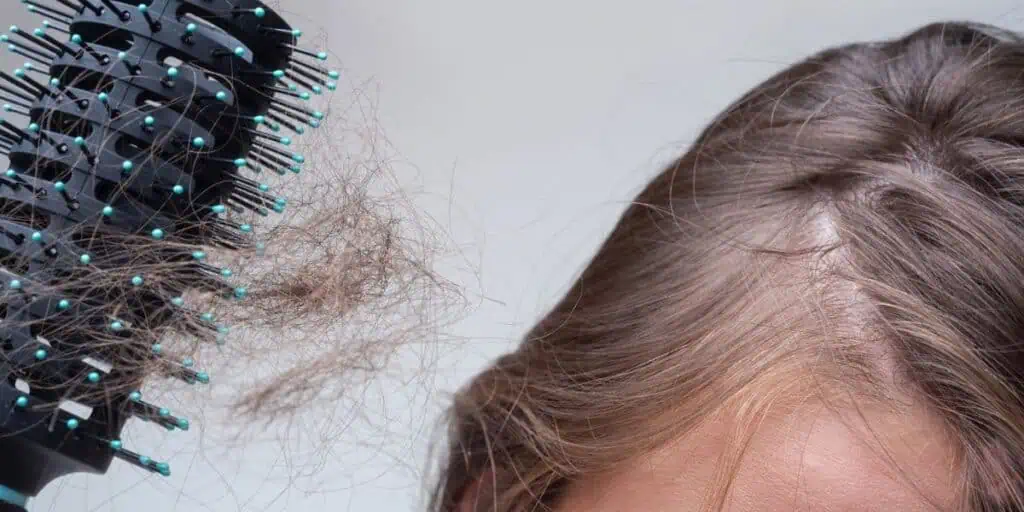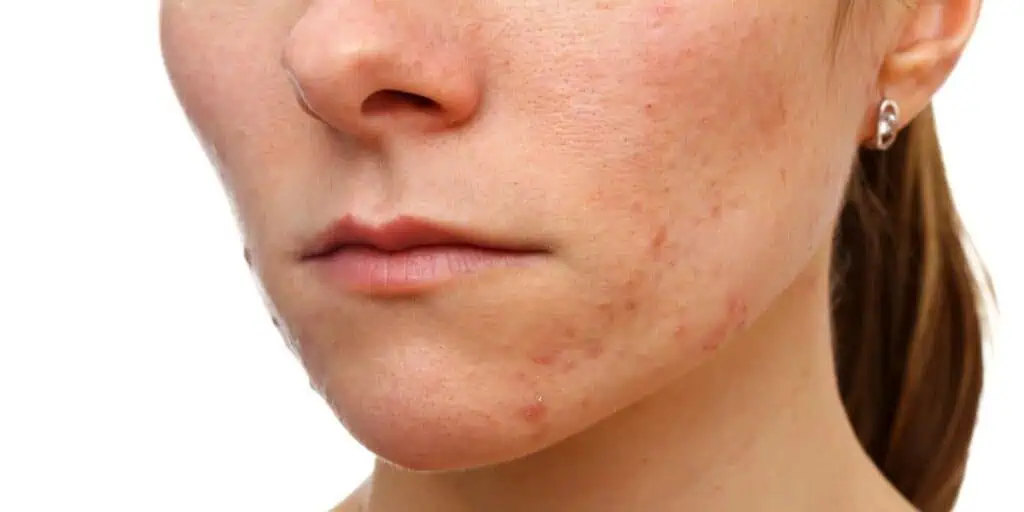What are uterine polyps?
Uterine polyps, also called endometrial polyps, are abnormal growths that form in the inner lining of the uterus (the endometrium). They develop due to the overgrowth of the cells that make up the uterine lining.
Uterine polyps can vary in size. Small polyps can range from the size of a sesame seed (a couple of millimeters) to the size of a golf ball or larger. You can have one or many uterine polyps. While they are usually contained within your uterus, they may slip down through the opening of the uterus (cervix) into your vagina.
Uterine polyps most commonly occur in postmenopausal women or women going through menopause, although younger women or premenopausal women can get them, too.
Most uterine polyps are noncancerous, although some of them are cancerous or may become cancerous if left untreated.
Fibroids vs polyps
Uterine fibroids are not uterine polyps. Thick muscle tissue makes up uterine fibroids; the growths typically develop within the uterine walls. Fibroids differ from uterine polyps because they don’t develop from uterine lining (endometrial) tissues.
What are the symptoms of uterine polyps?
Some cases of uterine polyps have no symptoms, but others can present with:
- Heavy menstrual bleeding
- Irregular menstrual bleeding or bleeding between menstrual periods
- Vaginal bleeding post menopause
- Infertility
These symptoms could be indicative of many different gynecological conditions. If you’re bleeding irregularly or having a hard time getting pregnant, make an appointment with your women’s healthcare provider for evaluation.
What causes uterine polyps?
Several risk factors can influence uterine polyps:
- Hormonal imbalances: Uterine polyps are often associated with an imbalance in estrogen and progesterone, particularly when there is excessive estrogen stimulation. Estrogen causes the endometrial lining to grow, and an overproduction can lead to the formation of polyps.
- Age: Uterine polyps are more common in women who are in their 40s and 50s, particularly as they approach menopause, a time when hormonal fluctuations are more common.
- Obesity: Being overweight can increase estrogen levels in the body.
- Tamoxifen use: Women who take tamoxifen, a drug used to treat breast cancer, have an increased risk of developing uterine polyps due to the drug’s effects on the endometrium.
- Hypertension (high blood pressure): Some studies suggest a link between high blood pressure and the development of uterine polyps, though the exact connection is not fully understood.
- Genetics: There may be a genetic component, as women with a family history of uterine polyps or other endometrial conditions may be more likely to develop them.

How are uterine polyps diagnosed?
If your doctor suspects you have uterine polyps, they might perform one of the following:
Ultrasound
In a transvaginal ultrasound, your gynecologist will insert a slender, wand-like device in your vagina that emits sound waves and creates an image of your uterus, including its interior. Your doctor may see a clearly present polyp or identify a uterine polyp as an area of thickened endometrial tissue.
A related procedure, known as hysterosonography, also called sonohysterography, involves having salt water (saline) injected into your uterus through a small tube threaded through your vagina and cervix. The saline expands your uterine cavity, which gives the doctor a clearer view of the inside of your uterus during the ultrasound.
Hysteroscopy
A thin, flexible instrument with a lens and light at the end is inserted into your vaginal canal and through the cervix to allow the doctor to view your uterine lining.
Endometrial Biopsy
Your doctor will take a sample of your endometrial tissue and send it to the lab for testing. The tests may reveal if you have uterine polyps. A biopsy can also show if your polyps have become cancerous.
Most uterine polyps are noncancerous (benign). However, some precancerous changes of the uterus (endometrial hyperplasia) or uterine cancers (endometrial carcinomas) appear as uterine polyps. Your doctor will likely recommend the removal of the polyp and will send a tissue sample for lab analysis to be sure you don’t have uterine cancer.
Dilation and curettage
Your provider uses a long metal instrument called a curette to collect tissue from the inner walls of your uterus. The curette has a small loop on the end used to scrape tissue or polyps. The removed tissue or polyps may be sent to the laboratory for testing to determine if cancer cells are present.
Polyps can sometimes prolapse or slip through the cervix. The cervix is the opening between your vagina and your uterus. In these instances, your provider may be able to see the polyp during a pelvic exam.
What are the treatments for uterine polyps?
Most polyps, especially smaller ones, will resolve on their own. Many doctors use the watchful waiting approach and watch the polyps before recommending treatment options. However, if they are larger or if your women’s healthcare doctor suspects they will cause you problems, they may recommend:
Medication
Some hormone therapies, like gonadotropin-releasing hormone (GnRH) agonists and progestins, can ease the symptoms of polyps. However, the relief is usually short-term. Once you stop taking the drugs, the symptoms reappear.
Hysteroscopic polypectomy
Your doctor can typically remove polyps using a hysteroscope during a hysteroscopic polypectomy, a surgical removal procedure. Once removed, the tissue can be sent to the lab to test for cancerous cells. If the tests indicate that you have uterine cancer, your doctor will want to discuss more aggressive treatment options.
You may need additional surgery if a polyp is cancerous, and a hysterectomy may be necessary.
Why choose Dr. Aliabadi?
Highly trained and honored by the medical community, Dr. Thais Aliabadi is certified by the American Board of Obstetrics and Gynecology and is a Diplomat of the American College of Obstetrics and Gynecology. She implements the most advanced, state-of-the-art technology and treatment options.
Dr. Aliabadi specializes in up-to-date, minimally invasive surgical techniques, promising her patients shorter recovery times, reduced pain, and the least interruption to their daily lives.
Supported by her warm, professional team, Dr. Aliabadi treats women through all phases of life and cherishes the special one-on-one relationship between patient and doctor.
We invite you to establish care with Dr. Aliabadi. Please make an appointment online or call us at (844) 863-6700.
The practice of Dr. Thais Aliabadi and the Outpatient Hysterectomy Center is conveniently located for patients throughout Southern California and the Los Angeles area. We are near Beverly Hills, West Hollywood, Santa Monica, West Los Angeles, Culver City, Hollywood, Venice, Marina del Rey, Malibu, Manhattan Beach, and Downtown Los Angeles.
Sources
Endometrial polyps: Pathogenesis, sequelae and treatment – PMC
https://www.ncbi.nlm.nih.gov/labs/pmc/articles/PMC
Prevalence of endometrial polyps coexisting with uterine fibroids and associated factors – PMC
https://www.ncbi.nlm.nih.gov/pmc/articles/PMC5558353
















